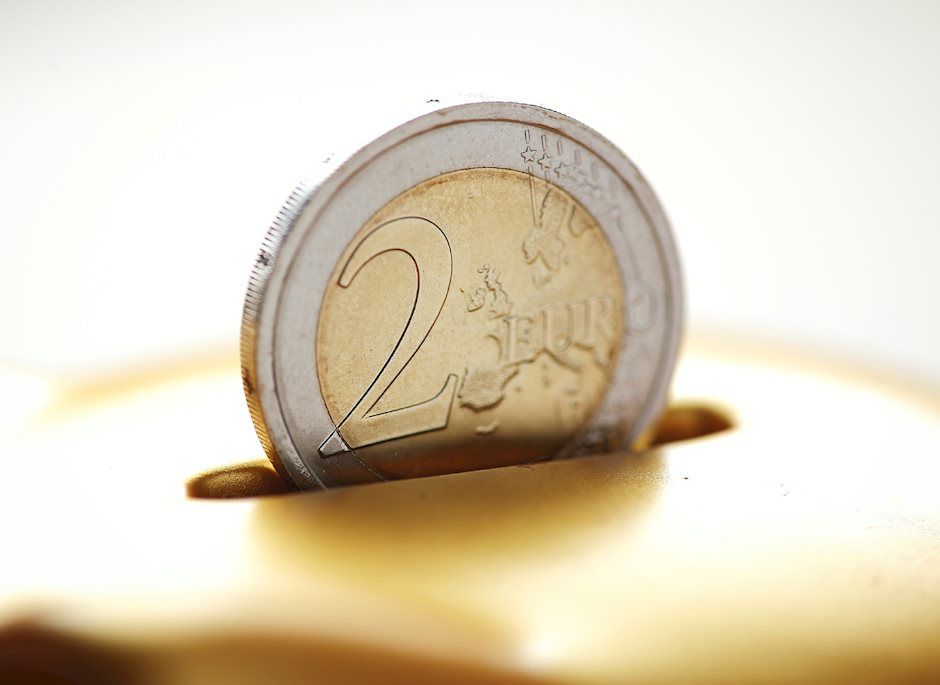Euro keeps the tight range in the low-1.0900s as Powell testifies
- Euro maintains the flattish performance just above the 1.0900 yardstick.
- Stocks markets in Europe on their way to close another session in the red.
- Powell said that further tightening is needed to bring inflation down.
- The risk-off sentiment continues to weigh on the risk complex.
- The greenback clings to daily gains when tracked by the USD Index (DXY).

The Euro (EUR) still struggles to find a clear direction and leaves EUR/USD to the mercy of the inconclusive price action around the low-1.0900s on Wednesday. The lack of direction remained unchanged following the release of Chief Jerome Powell's prepared semiannual testimony before Congress.
Powell's comments fell line with those made at the FOMC event on June 14 after they left the door open to extra tightening in the current context of elevated and sticky inflation. It's worth noting that at the June Fed gathering, rate-setters indicated a possibility of resuming the tightening campaign in July, with projections pointing towards two more 25 bps rate hikes or a 50 bps raise.
While Powell's testimony takes centre stage on Wednesday, the markets are also closely monitoring the likely next decisions on interest rates by both the Federal Reserve and the European Central Bank (ECB) at their meetings next month.
There are no data releases scheduled in the Eurozone on Wednesday, while the usual weekly MBA Mortgage Applications expanded 0.5% in the week to June 16. The API's weekly report on US crude oil stockpiles will complete the US docket later in the session.
Daily digest market movers: Euro unfazed on Fed's Powell remarks
- The Dollar (USD), Euro (EUR) remain unchanged following the publication of Powell's testimony.
- Powell noted that almost all members deem appropriate to hike rates at some point later in the year.
- Chair Powell reiterated that decisions on rates will remain data-dependent.
- US yields gather upside traction across the curve on Powell's testimony.
- Sticky UK inflation reignites speculation of extra hikes by the BoE.
- China, recession concerns maintain the risk appetite subdued so far.
- The FX universe continues to monitor the European Central Bank-Federal Reserve divergence.
- ECB's Board member Peter Kazimir argued that further tightening in September remains uncertain.
- Joachim Nagel, another ECB Board member, showed confidence that inflation will return to the target.
Technical Analysis: Euro could refocus on 1.1000 if bulls regain control
EUR/USD seems to have met some decent contention around the 1.0900 neighbourhood so far this week. In order to continue its upward momentum, the Euro must quickly surpass the monthly high at 1.0970 (June 16) to potentially allow for a test of the psychological barrier of 1.1000. Further resistance levels include the 2023 high of 1.1095 (April 26), the round level of 1.1100, and the weekly high of 1.1184 (March 31, 2022), which is supported by the 200-week SMA, currently at 1.1181.
In the event that the bears take control, there is an interim contention at the 55-day SMA at 1.0880. Should this level be breached, there are no significant support levels until the May low of 1.0635 (May 31), followed by the March low of 1.0516 (March 15) and the 2023 low of 1.0481 (January 6).
ECB FAQs
What is the ECB and how does it influence the Euro?
The European Central Bank (ECB) in Frankfurt, Germany, is the reserve bank for the Eurozone. The ECB sets interest rates and manages monetary policy for the region.
The ECB primary mandate is to maintain price stability, which means keeping inflation at around 2%. Its primary tool for achieving this is by raising or lowering interest rates. Relatively high interest rates will usually result in a stronger Euro and vice versa.
The ECB Governing Council makes monetary policy decisions at meetings held eight times a year. Decisions are made by heads of the Eurozone national banks and six permanent members, including the President of the ECB, Christine Lagarde.
What is Quantitative Easing (QE) and how does it affect the Euro?
In extreme situations, the European Central Bank can enact a policy tool called Quantitative Easing. QE is the process by which the ECB prints Euros and uses them to buy assets – usually government or corporate bonds – from banks and other financial institutions. QE usually results in a weaker Euro.
QE is a last resort when simply lowering interest rates is unlikely to achieve the objective of price stability. The ECB used it during the Great Financial Crisis in 2009-11, in 2015 when inflation remained stubbornly low, as well as during the covid pandemic.
What is Quantitative tightening (QT) and how does it affect the Euro?
Quantitative tightening (QT) is the reverse of QE. It is undertaken after QE when an economic recovery is underway and inflation starts rising. Whilst in QE the European Central Bank (ECB) purchases government and corporate bonds from financial institutions to provide them with liquidity, in QT the ECB stops buying more bonds, and stops reinvesting the principal maturing on the bonds it already holds. It is usually positive (or bullish) for the Euro.
Author

Pablo Piovano
FXStreet
Born and bred in Argentina, Pablo has been carrying on with his passion for FX markets and trading since his first college years.
















